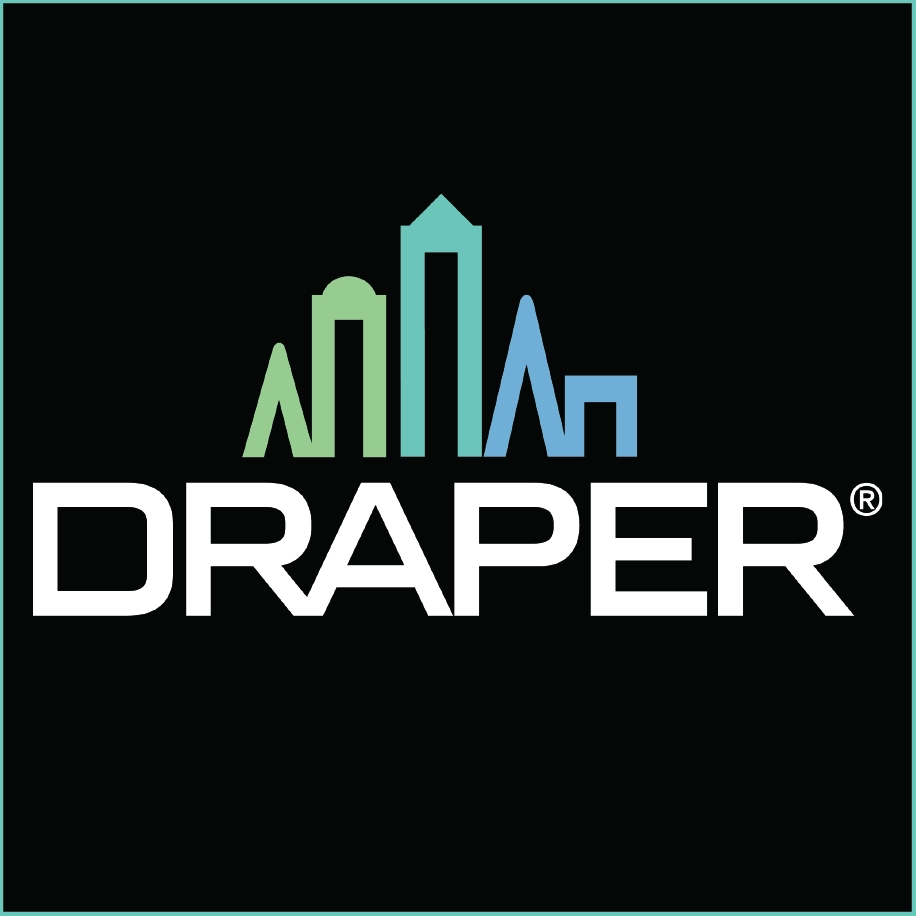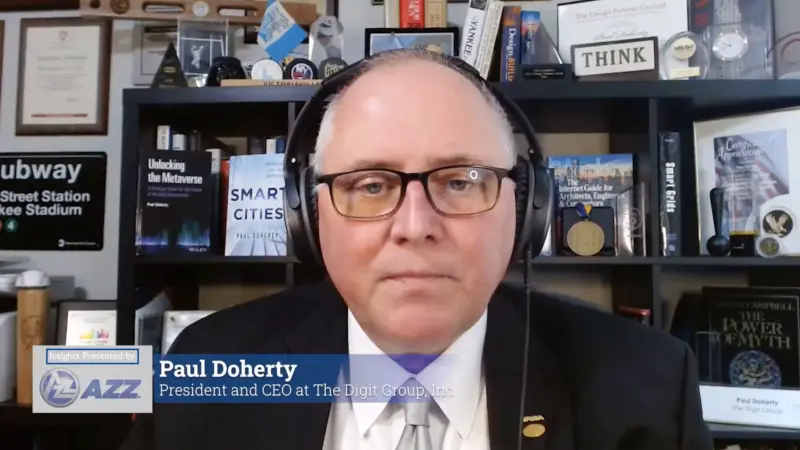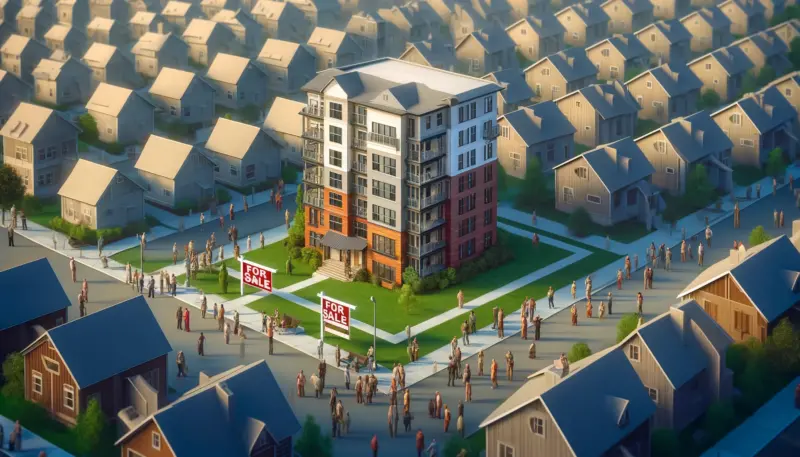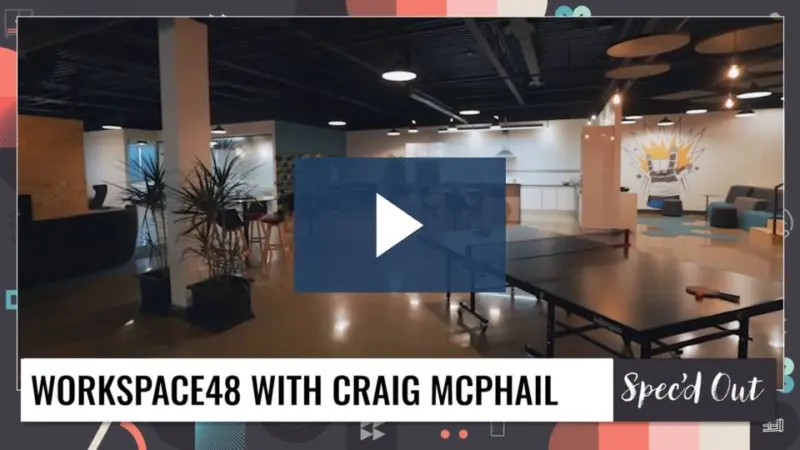Engineering Value: The Hidden Savings of Engineering Value
The bottom line. That is an unavoidable, monolithic reality of the construction industry. However, a formulaic “race to the bottom” can have dramatically negative effects on the true cost of a project.
On this episode of the Engineering Value podcast, Steve Edwards, Director of National Accounts and Special Projects with Draper, sat down with Sean Heath to discuss the ways in which a formulaic approach is only as good as the latest data entered into that formula.
Simply putting numbers into a pre-formulated spreadsheet is a common mistake, according to Edwards.
“That tells them that component X, maybe it’s the flooring, is going to be 6%, and the furnishings are going to be 1 & 1/2 %, and that’s instantly now set the budget without any actual regard for what the functionality of anything’s supposed to be,” he said.
Something as simple as a clear discussion about fabric choice can generate immense savings, Edwards explained.
“You could maybe drive the cost up on a hospital project up by 30-40% just in your fabric selection, and the owner has no idea that they’re paying that premium, and they really have no interest in paying that premium,” he said. “So, a simple change in that fabric spec can really save a lot of money.”
For the latest news, videos, and podcasts in the Architecture & Design Industry, be sure to subscribe to our industry publication.
Follow us on social media for the latest updates in B2B!
Twitter – @MarketScale
Facebook – facebook.com/marketscale
LinkedIn – linkedin.com/company/marketscale




